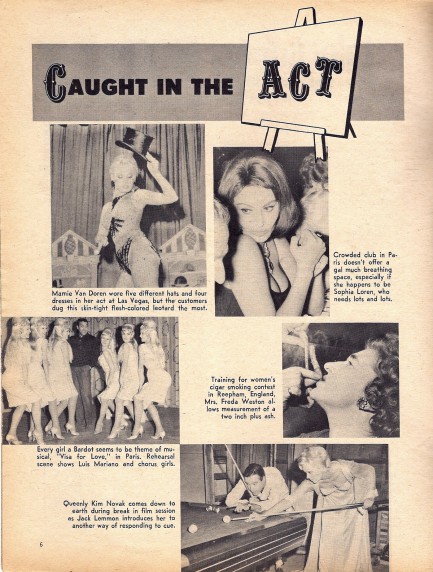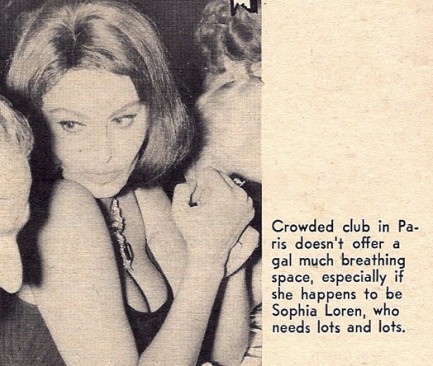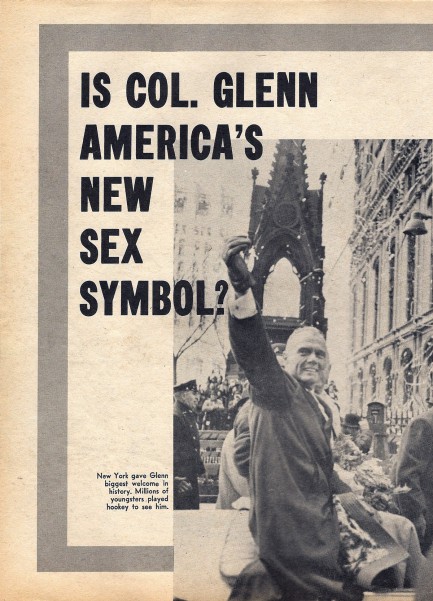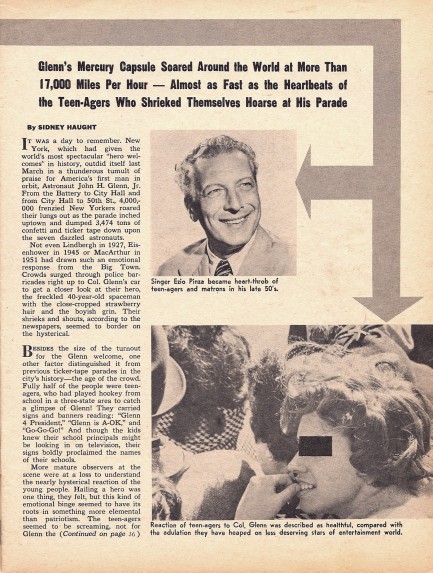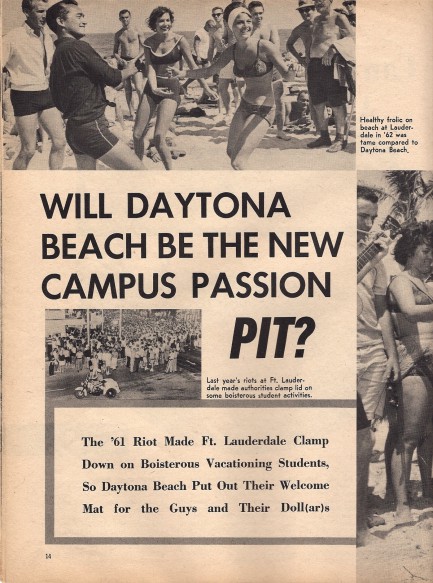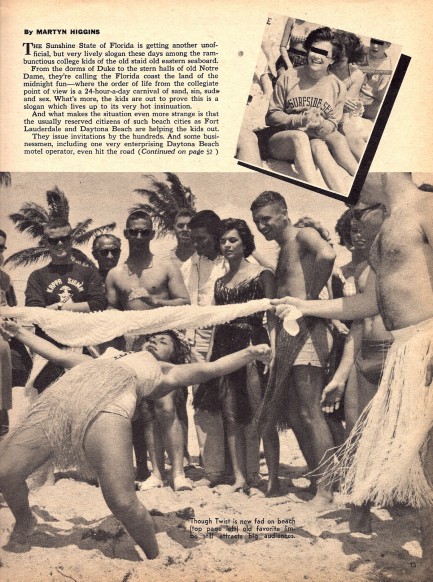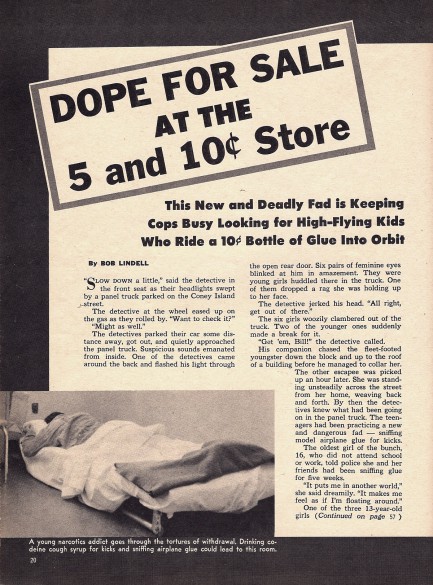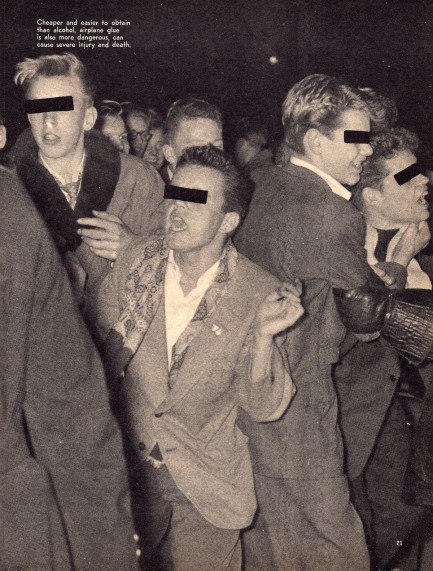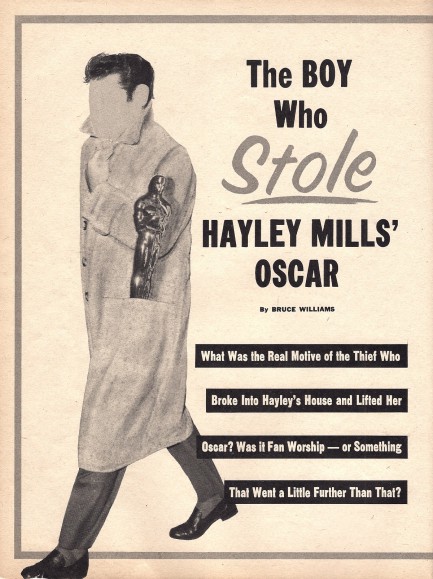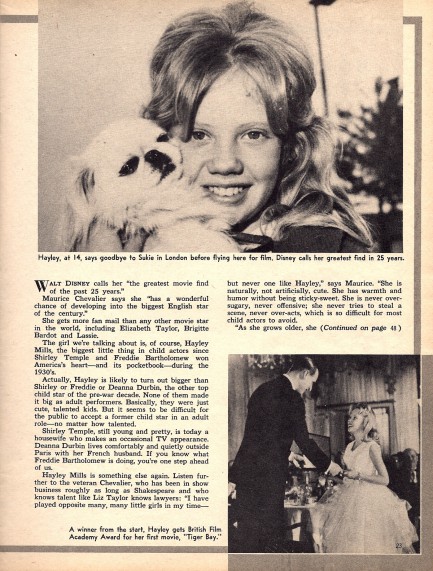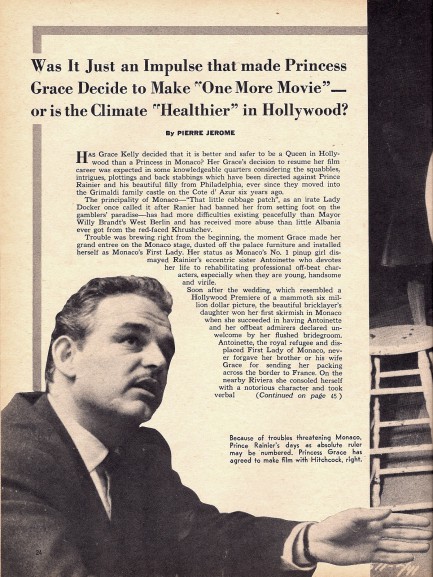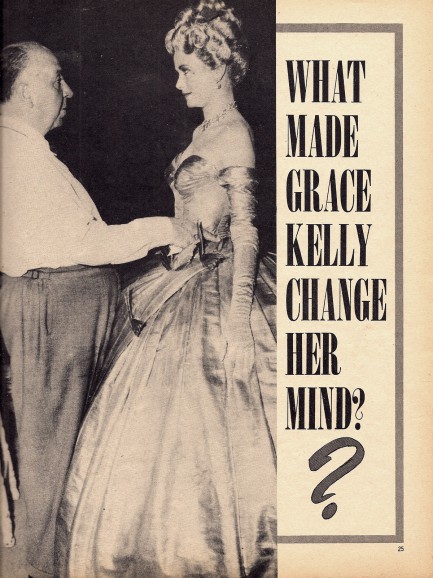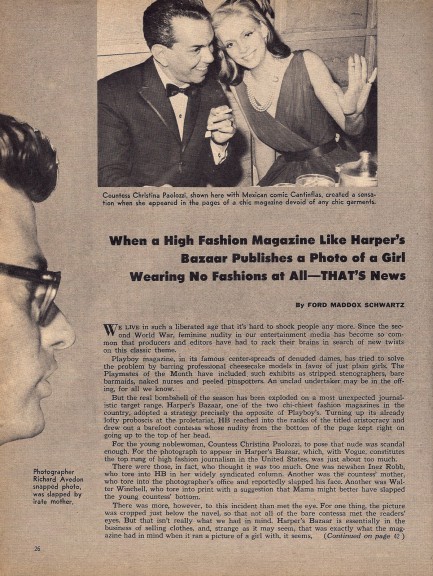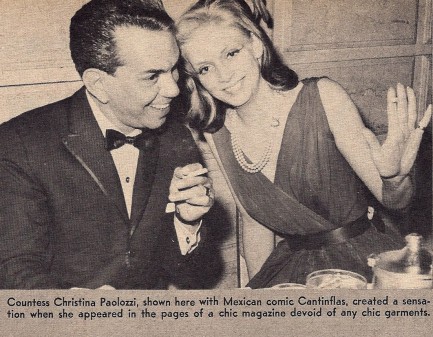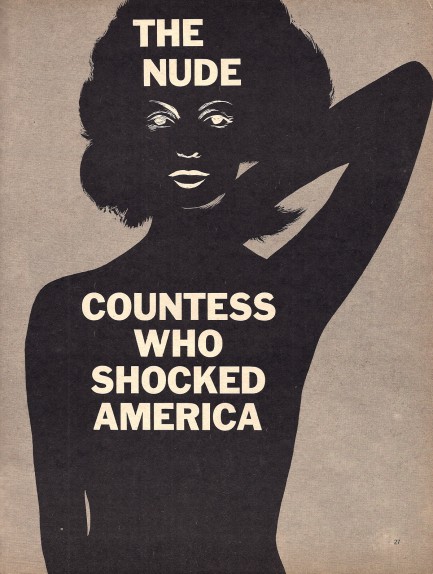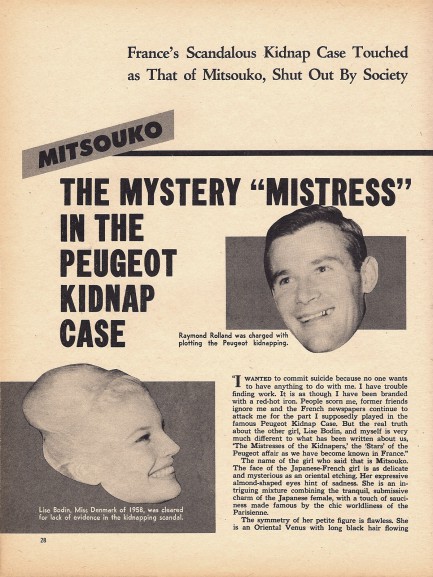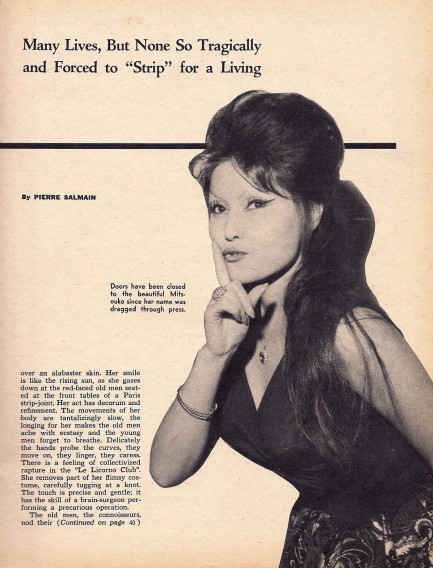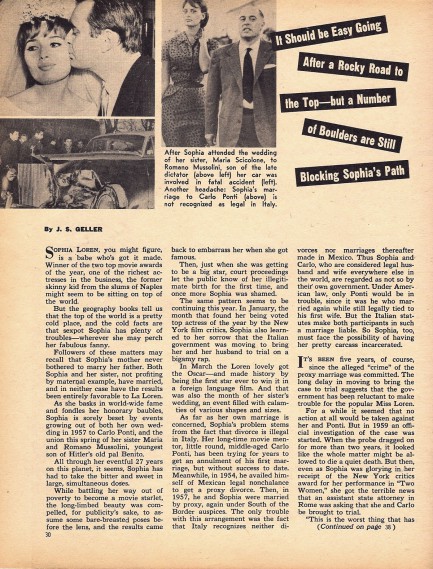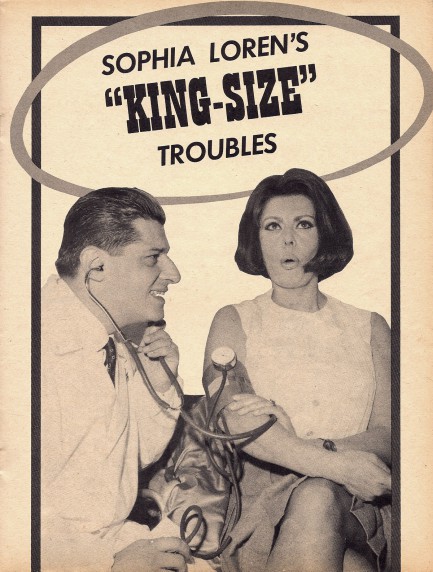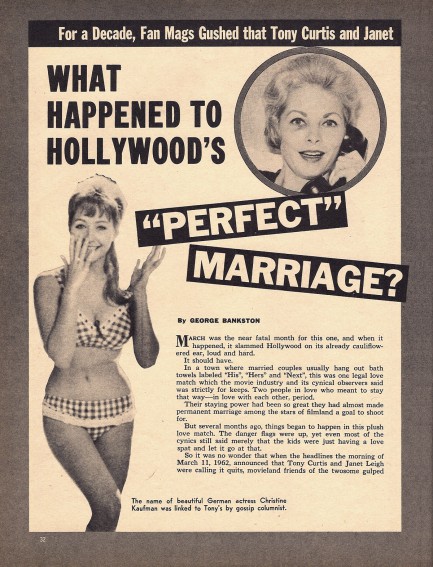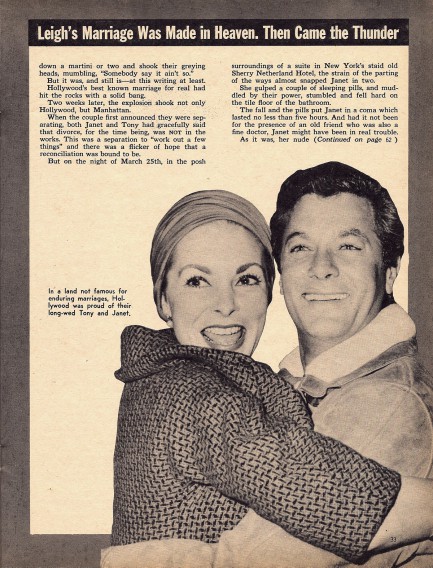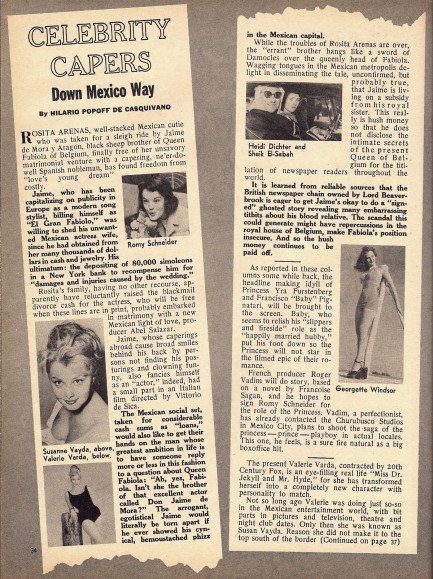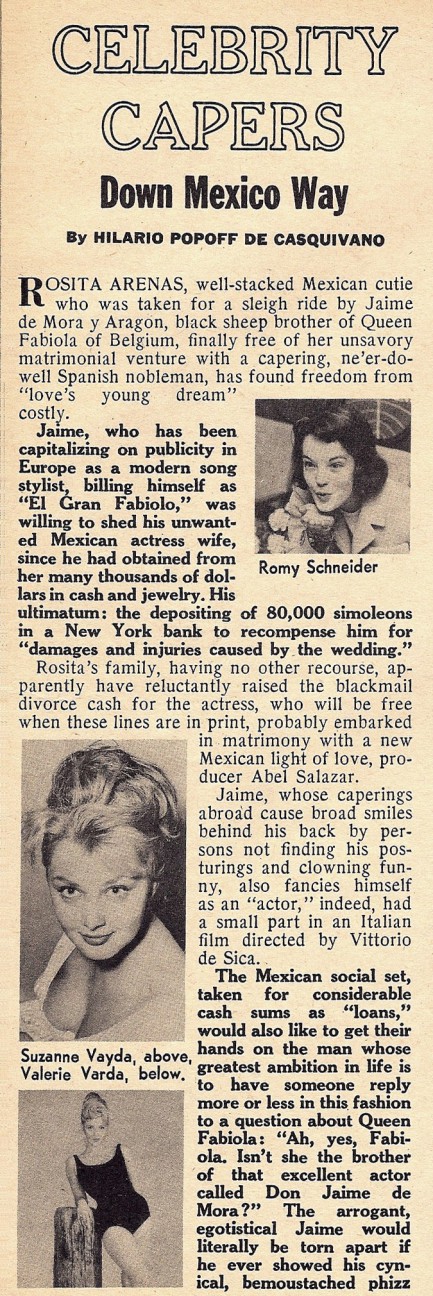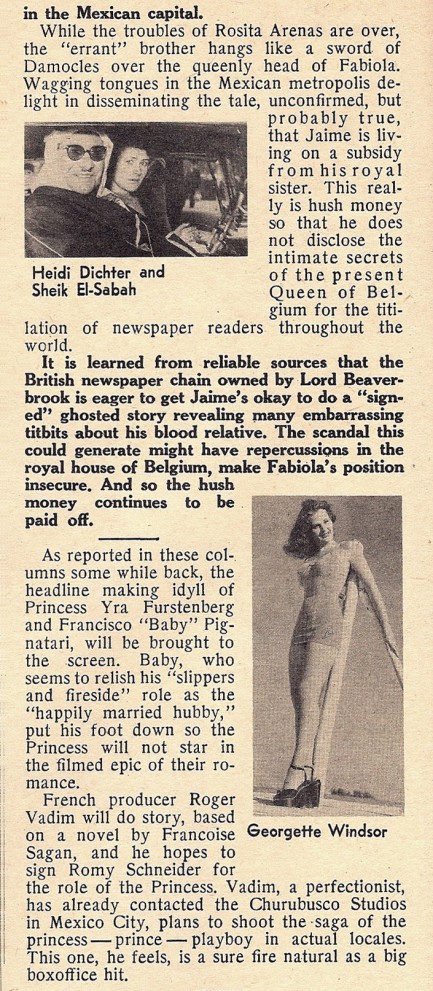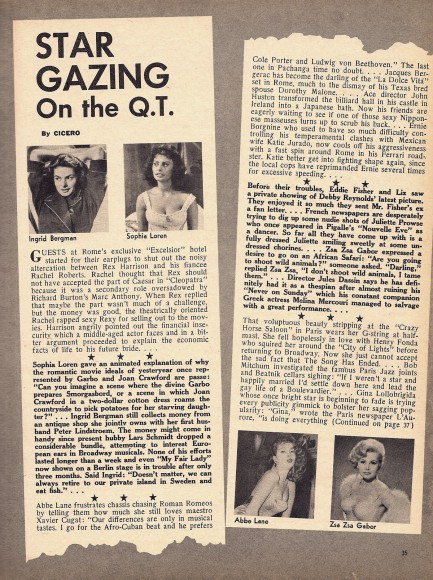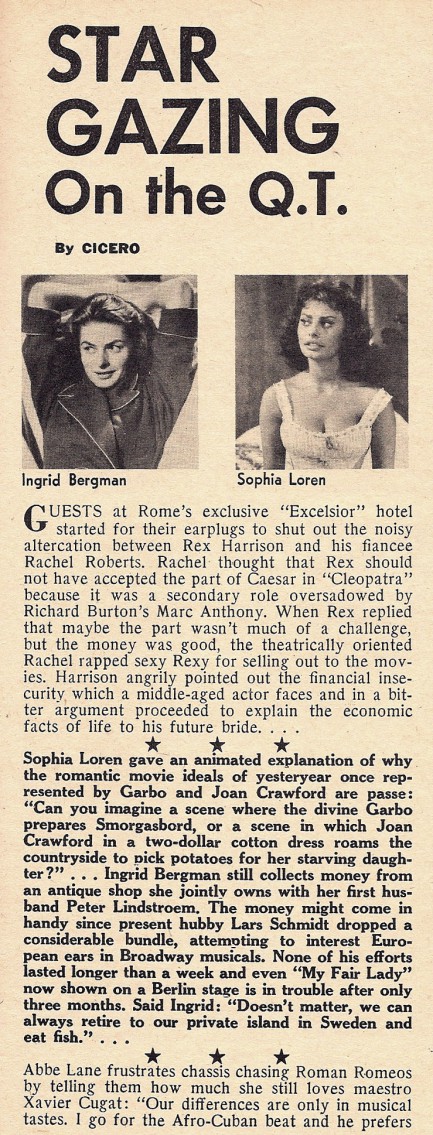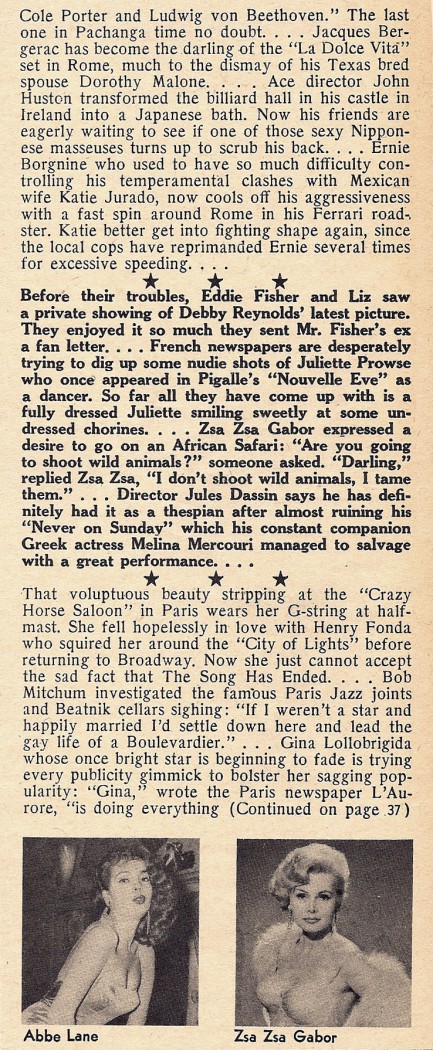| Vintage Pulp | Jun 25 2020 |

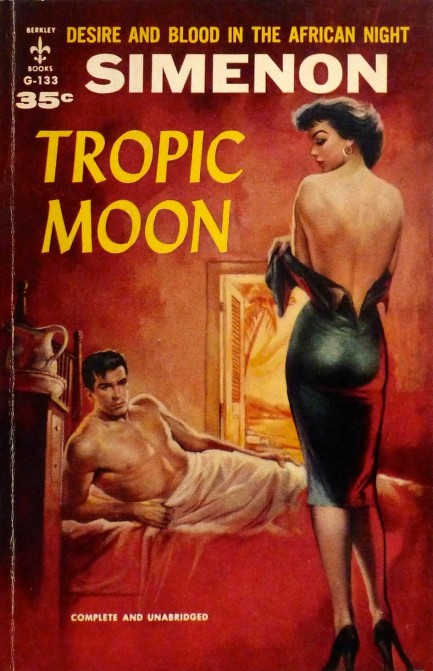
Once again cover art works its intended magic, as we made the choice of reading Georges Simenon's African adventure Tropic Moon solely due to being lured by Charles Copeland's evocative brushwork. This edition came from Berkley Books in 1958, but the tale was originally published as Coup de lune in 1933. It's set in Gabon, then a territory of French Equatorial Africa, and poses the familiar question: does Africa ruins whites or were they bad beforehand? The main character here, Joseph Timar, is done in by heat and booze and easy sex, but he was surely a terrible person before he ever set foot in Gabon, and of course he's a stand-in for all white colonials. All we can say is we get the message. We got it way back when Conrad wrote it. What would be great is some sense of evolution in all these Conrad-derived works, for instance if occasionally the human cost of colonial greed were shown to be black lives and prosperity rather than white dignity and morality, but literary treatments of that sort had not yet come over the horizon during the pulp era. On its own merits, though, Tropic Moon is interesting, a harrowing front row seat for a downward spiral in the equatorial jungle.
| Hollywoodland | Sep 15 2015 |

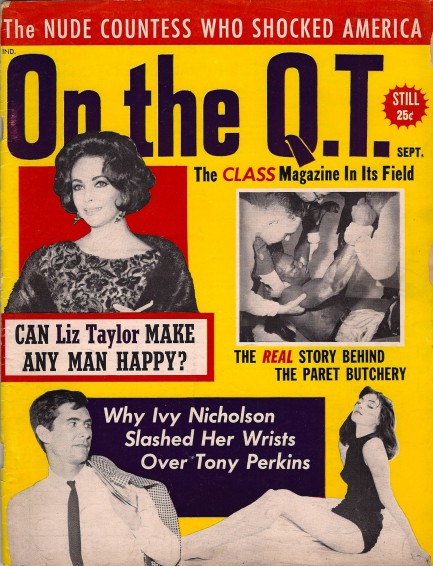
On the Q.T. labeled itself “The class magazine in its field.” In practice that was less than true. This cover from September 1962 offers teasers about Liz Taylor’s inability to be made happy, the fatal ring beating of boxer Kid Paret, and the inside story about Ivy Nicholson’s suicide attempt. But the banner goes to the nude countess who shocked America. That would be Christina Paolozzi, aka Christina Bellin, who was a New York City fashion model and the offspring of United Fruit Company heiress Alicia Spaulding and Italian conte Lorenzo Paolozzi. The photo was shot by Richard  Avedon and appeared in Harper’s Bazaar. Paolozzi was already considered “the first of the ’60s free spirits” by the tabloids, and by stripping for Avedon she became the first recognized fashion model to pose nude, a practice that is now common.
Avedon and appeared in Harper’s Bazaar. Paolozzi was already considered “the first of the ’60s free spirits” by the tabloids, and by stripping for Avedon she became the first recognized fashion model to pose nude, a practice that is now common.
While Avedon earned widespread recognition for the shot, which you see at right, Paolozzi was dropped from the New York City Social Register, shunned by Manhattan’s upper crust, and subjected in the press to what is today sometimes called “body shaming.” Columnist Inez Robb wrote that Paolozzi was “no more favored by nature than the average daughter of Eve,” and added for good measure, “Harper’s Bazaar, with its excursion into overexposure, has unwittingly proved that not diamonds but clothes are a girl’s best friend.” If that wasn’t bad enough, just imagine what people wrote in the comments section. They had those then, right?
In any case, Paolozzi was a bold personality, and she went on to make waves yet again with her many wild parties and open marriage to cosmetic surgeon Howard Bellin, commenting in a mid-1970s newspaper article, “[It’s] just the way life is today—one man is simply not enough.” But she didn’t just spend the years having a good time. She also raised money for hospitals in Cambodia and Gabon, orphanages in Afghanistan, and supported eighteen foster children. In a sense, she gave the shirt off her back. Twenty-eight scans from On the Q.T. below.
